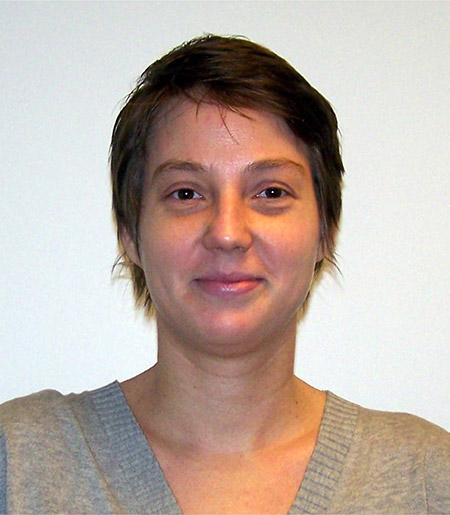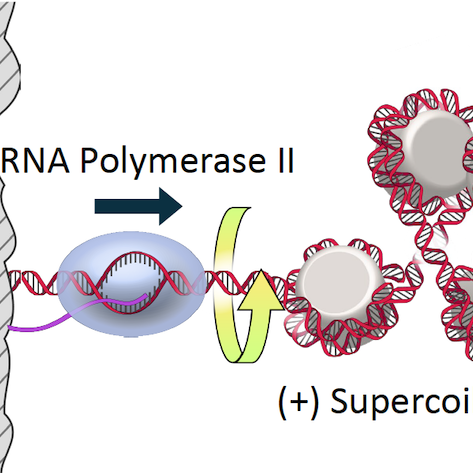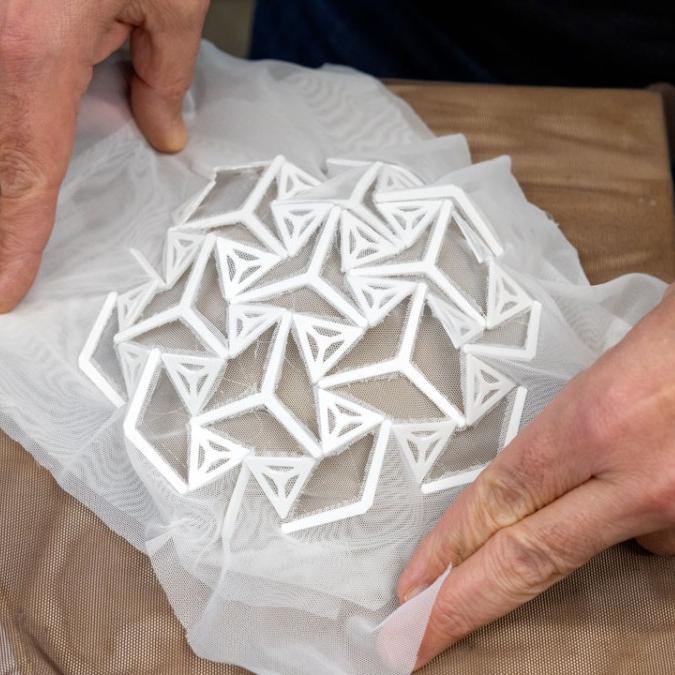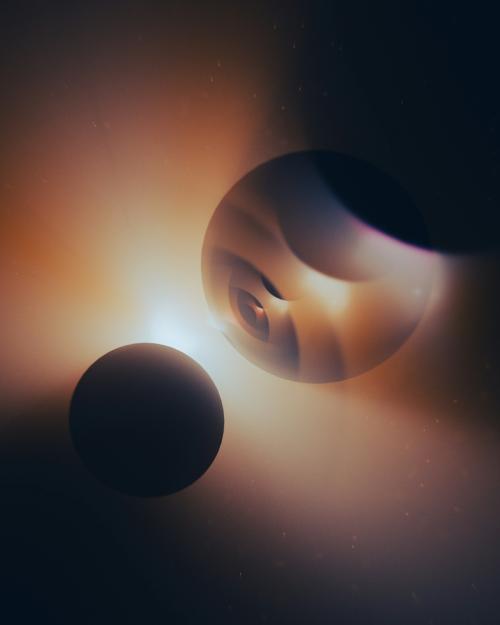To help understand quantum complexity – the vastly complicated interactions that happen when nature’s smallest particles interact – Cornell physicists and computer scientists have developed a machine learning architecture inspired by the large language models (LLMs) behind ChatGPT and similar products.
LLMs learn to piece together language by learning the relationships between basic units of text, called tokens. The new Quantum Attention Network (QuAN) also uses tokens, but in the form of snapshots of qubits – the basic unit of information in quantum computing. A qubit can be one, zero or both at the same time until it is measured, like the alive or dead Schrodinger’s cat.
A fundamental property of quantum mechanics is that there are different probabilities of which state a qubit will be in once it is measured, said Eun-Ah Kim, the Hans A. Bethe Professor of physics in the College of Arts and Sciences (A&S) and director of the NSF Artificial Intelligence-Materials Institute. Different quantum states prepared on quantum computers with many qubits differ in the shape of the probability distribution they bear in the exponentially large space of possibilities corresponding to each qubit being “alive” or “dead.” Learning what the distribution looks like, with a limited number of measurement samples, is challenging, Kim said, so “it’s a great opening for AI methods to come in and help.”
Researchers have structured QuAN to learn this shape of the probabilistic distribution with relatively small number of measurements, as an LLM would learn emphasis and correlation between words and phrases. The model can characterize the complexity of quantum states that quantum computers can display, toward developing practical quantum computers, Kim said.
Kim is the corresponding author of “Attention to Quantum Complexity,” published in Science Advances Oct. 10. In three machine learning experiments described in the paper, the researchers apply QuAN to cut through the noise inevitably present in experimental data from available quantum computers and quantum simulators.
QuAN is a data-centric approach to learning about a quantum state, said Yichen Xu, postdoctoral associate in Kim’s group and one of three first co-authors, along with Hyejin Kim and Yiqing Zhou, doctoral students in physics. Kilian Q. Weinberger, professor of computer science in the Cornell Ann S. Bowers College of Computing and Information Science, contributed computer science expertise.
“One reason physicists and machine learning researchers can work together so well is that both use similar mathematical tools to model the world,” Weinberger said. “This is even more the case for quantum computing, where ‘the world’ is a computer.”
Quantum complexity can be understood by comparing classical and quantum computing. Classical computers operate on a simple binary – like the heads or tails of a coin toss. But quantum computers operate on all possible superpositions of the coin flips, meaning that the coin can exist in multiple states at the same time – both heads and tails – until it is measured, Xu said. The complexity of a given state reflects how many of all possible superpositions it encompasses.
Researchers can use QuAN to understand what is going on inside a quantum computer.
“Nowadays, we have good quantum computers – they are getting better and better and they are doing more meaningful things,” Xu said. “We want to assert that they are doing something interesting and meaningful, so there is a big motivation to actually learn what is going on in this quantum computer.”
Quantum computing still involves a high level of noise: for all the useful data produced, there are multiple errors, which will be a problem even for improved, less noisy quantum computers, Xu said. In the future, he sees classical computers and quantum computers working together, each specializing in certain tasks. For example, the classical computer could help correct errors that occur during quantum computing.
“The outcome gives me confidence that an AI agent can greatly help solve the data problems arising in quantum computation, if it’s trained and operating on data obtained and processed in rigorous fashion,” he said.
Contributing authors are: Kaarthik Varma, Cornell doctoral student in physics; Yuri Lensky, Google Research; Amir H. Karamlou, MIT physics; Ilan T. Rosen, MIT Research Laboratory of Electronics; and Jesse, C. Hoke, Stanford physics.
The research was supported by the National Science Foundation, the U.S. Department of Energy, the National Quantum Information Science Research Information Centers, Quantum Systems Accelerator, the Defense Advanced Research Projects Agency, the Gordon and Betty Moore Foundation, and Google Quantum AI.





